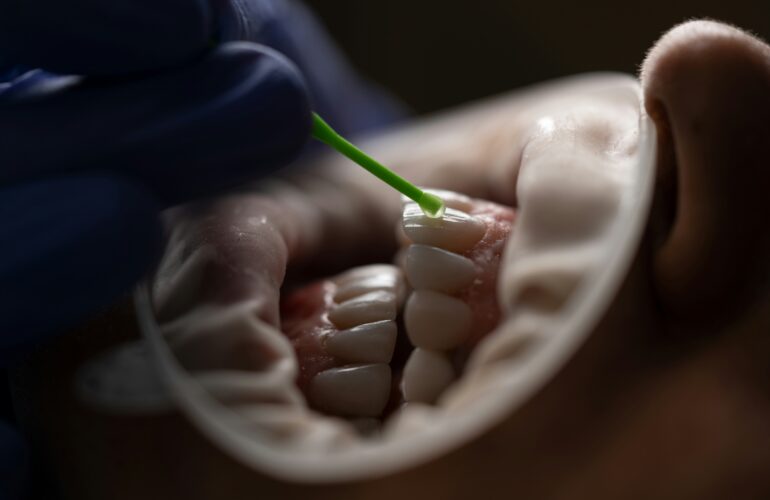Dental amalgam is commonly known as “silver fillings.” This has been a staple in dentistry for over a century due to its durability, affordability, and effectiveness in treating cavities. However, the presence of mercury in dental amalgam has sparked a longstanding debate over its safety and potential health risks. In this blog post, we’ll delve into the controversy surrounding dental amalgam containing mercury. We will explore the arguments on both sides of the issue and provide insights to help you make informed decisions about your dental care.
What is Dental Amalgam?
Dental amalgam is a mixture of metals, including silver, tin, copper, and mercury, that has been used to fill cavities caused by tooth decay for over 150 years1. The mercury in dental amalgam binds the metals together to create a strong, durable filling material that can withstand the forces of chewing and lasts for many years.
The Pro-Amalgam Argument
Safety and Effectiveness:
- FDA Approval: The U.S. Food and Drug Administration (FDA) and other major health organizations, such as the World Health Organization (WHO), have deemed dental amalgam to be a safe and effective filling material for dental restorations2.
- Durability: Dental amalgam fillings are known for their longevity. They often last for 10-15 years or more with proper care and maintenance.
- Cost-Effectiveness: Dental amalgam is one of the most affordable filling materials available. This makes it accessible for patients who may not have means to more expensive alternatives.
The Anti-Amalgam Argument
Health Concerns and Controversies:
- Mercury Exposure: Mercury is a known neurotoxin that can accumulate in the body over time. Critics argue that even low levels of mercury exposure from dental amalgam may pose risks to overall health, especially for vulnerable populations such as pregnant women, children, and individuals with certain health conditions3.
- Environmental Impact: There are concerns about the environmental impact of mercury-containing dental amalgam, including the release of mercury into wastewater during dental procedures and the potential for mercury pollution in aquatic ecosystems4.
- Alternative Options: With advancements in dental materials and technologies, alternative filling materials such as composite resins, ceramic, and glass ionomer have become increasingly popular due to their esthetic appeal and perceived safety.
Navigating the Controversy: Making Informed Choices
The debate over dental amalgam and mercury underscores the importance of informed decision-making and personalized dental care. While dental amalgam has been a trusted filling material for many years and is considered safe by major health organizations, it’s essential to consider the potential risks and alternatives based on individual health concerns and preferences.
Tips for Making Informed Choices:
- Consult with Your Dentist: Discuss your concerns and preferences with your dentist to explore the best treatment options for your specific needs.
- Stay Informed: Keep abreast of the latest research and recommendations from reputable sources to make educated decisions about your dental care.
- Consider Alternative Materials: If you have concerns about dental amalgam, ask your dentist about alternative filling materials that may be suitable for your situation.
Lastly, it is important to understand that by staying informed, consulting with dental professionals, and considering personal health factors, individuals can make educated choices about dental amalgam and other dental treatments.
Whether you opt for dental amalgam or choose alternative filling materials, prioritizing regular dental check-ups and maintaining good oral hygiene are essential steps towards achieving and maintaining optimal dental health.
Footnotes
- American Dental Association. (2021). Dental Amalgam: What Others Say. Retrieved from https://www.ada.org/en/member-center/oral-health-topics/amalgam ↩
- U.S. Food and Drug Administration. (2020). Dental Amalgam Fillings. Retrieved from https://www.fda.gov/medical-devices/dental-amalgam-fillings ↩
- World Health Organization. (2021). Mercury and Health. Retrieved from https://www.who.int/news-room/fact-sheets/detail/mercury-and-health ↩
- Environmental Protection Agency. (2020). Mercury in Dental Amalgam. Retrieved from https://www.epa.gov/mercury/mercury-dental-amalgam ↩




